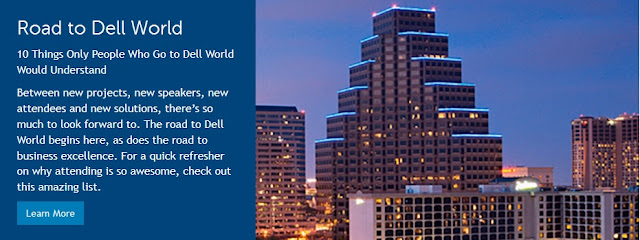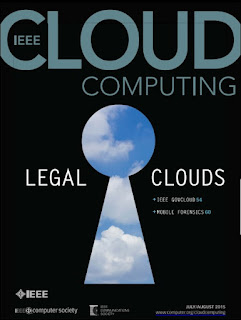An
artist who defies all boundaries, John Mayer has won seven Grammy
Awards and sold more than 17 million albums worldwide. The singer,
songwriter and guitarist’s skills have been widely acknowledged by some
of the world’s greatest musicians. Mayer has collaborated with an
extraordinary range of artists from the worlds of rock, blues, hip-hop,
jazz, and country including Eric Clapton, BB King, Buddy Guy, Dixie
Chicks, Jay Z, Alicia Keys and many more. His latest collaborative
effort is forming the band Dead & Company with Grateful Dead
founding members Bob Weir, Bill Kreutzmann and Mickey Hart. They will
hit the road for a series of sold out arena concerts this Fall playing
selections from the Grateful Dead songbook. - See more at:
http://dellworld.com/entertainment#sthash.sCD5KsRb.dpuf
Seven-time Grammy Award winning artist
John Mayer
will perform at Dell World 2015!
An artist who defies all boundaries,
John Mayer has sold more than 17 million albums
worldwide. The singer, songwriter and guitarist’s skills have been widely
acknowledged by some of the world’s greatest musicians. Mayer has collaborated
with an extraordinary range of artists from the worlds of rock, blues, hip-hop,
jazz, and country including Eric Clapton, BB King, Buddy Guy, Dixie Chicks, Jay
Z, Alicia Keys and many more.
By the way, I'm going also. As part of the influencer community I will also get to participate in the press
conference, learn about the latest news announcements, join influencer-specific
breakout sessions, network with Dell executives, partners and customers, and have full access to the Dell World Main Track keynotes and breakouts.
Join me in Austin!
An
artist who defies all boundaries, John Mayer has won seven Grammy
Awards and sold more than 17 million albums worldwide. The singer,
songwriter and guitarist’s skills have been widely acknowledged by some
of the world’s greatest musicians. Mayer has collaborated with an
extraordinary range of artists from the worlds of rock, blues, hip-hop,
jazz, and country including Eric Clapton, BB King, Buddy Guy, Dixie
Chicks, Jay Z, Alicia Keys and many more. His latest collaborative
effort is forming the band Dead & Company with Grateful Dead
founding members Bob Weir, Bill Kreutzmann and Mickey Hart. They will
hit the road for a series of sold out arena concerts this Fall playing
selections from the Grateful Dead songbook. - See more at:
http://dellworld.com/entertainment#sthash.sCD5KsRb.dpuf
An
artist who defies all boundaries, John Mayer has won seven Grammy
Awards and sold more than 17 million albums worldwide. The singer,
songwriter and guitarist’s skills have been widely acknowledged by some
of the world’s greatest musicians. Mayer has collaborated with an
extraordinary range of artists from the worlds of rock, blues, hip-hop,
jazz, and country including Eric Clapton, BB King, Buddy Guy, Dixie
Chicks, Jay Z, Alicia Keys and many more. His latest collaborative
effort is forming the band Dead & Company with Grateful Dead
founding members Bob Weir, Bill Kreutzmann and Mickey Hart. They will
hit the road for a series of sold out arena concerts this Fall playing
selections from the Grateful Dead songbook. - See more at:
http://dellworld.com/entertainment#sthash.sCD5KsRb.dpuf
An
artist who defies all boundaries, John Mayer has won seven Grammy
Awards and sold more than 17 million albums worldwide. The singer,
songwriter and guitarist’s skills have been widely acknowledged by some
of the world’s greatest musicians. Mayer has collaborated with an
extraordinary range of artists from the worlds of rock, blues, hip-hop,
jazz, and country including Eric Clapton, BB King, Buddy Guy, Dixie
Chicks, Jay Z, Alicia Keys and many more. - See more at:
http://23.253.79.122/entertainment#sthash.kmwZmF7U.dpuf
( This content is being syndicated through multiple channels. The opinions expressed are solely those of the author and do not represent the views of GovCloud Network, GovCloud Network Partners or any other corporation or organization.) ( Thank you. If you enjoyed this article, get free updates by email or RSS - © Copyright Kevin L. Jackson 2015)











